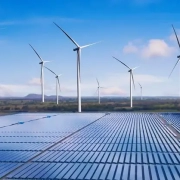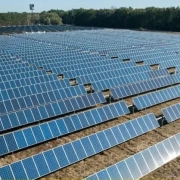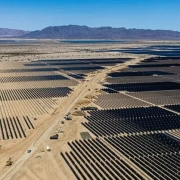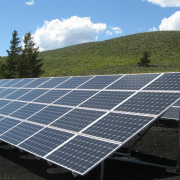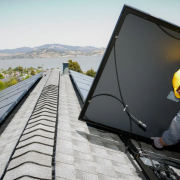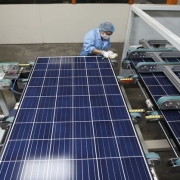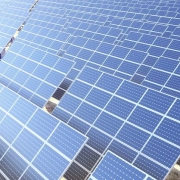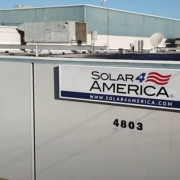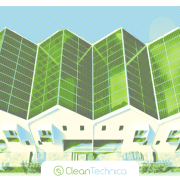A review by the SUN DAY Campaign of data newly released by the Federal Energy Regulatory Commission (FERC) and the U.S. Energy Information Administration (EIA) reveals that solar has grown faster in electrical generation than all other energy sources as well as outpaced them in new U.S. generating capacity added during the first three quarters of 2023.
In its latest monthly “Energy Infrastructure Update” report (with data through September 30, 2023), FERC says solar provided 9,924 MW of new domestic generating capacity or 42.4% of the total. Moreover, solar capacity additions during the first nine months of this year were almost a third (32.8%) larger than for the same period last year.
The new solar capacity additions edged past the 8,962 MW of new natural gas (38.2%) and were nine times greater than that provided by the new 1,100-MW Vogtle-3 nuclear reactor (4.7%) in Georgia as well as by oil (54 MW) and waste heat (31 MW).
Click here to read the full article
Source: Solar Power World
—
If you have any questions or thoughts about the topic, feel free to contact us here or leave a comment below.

